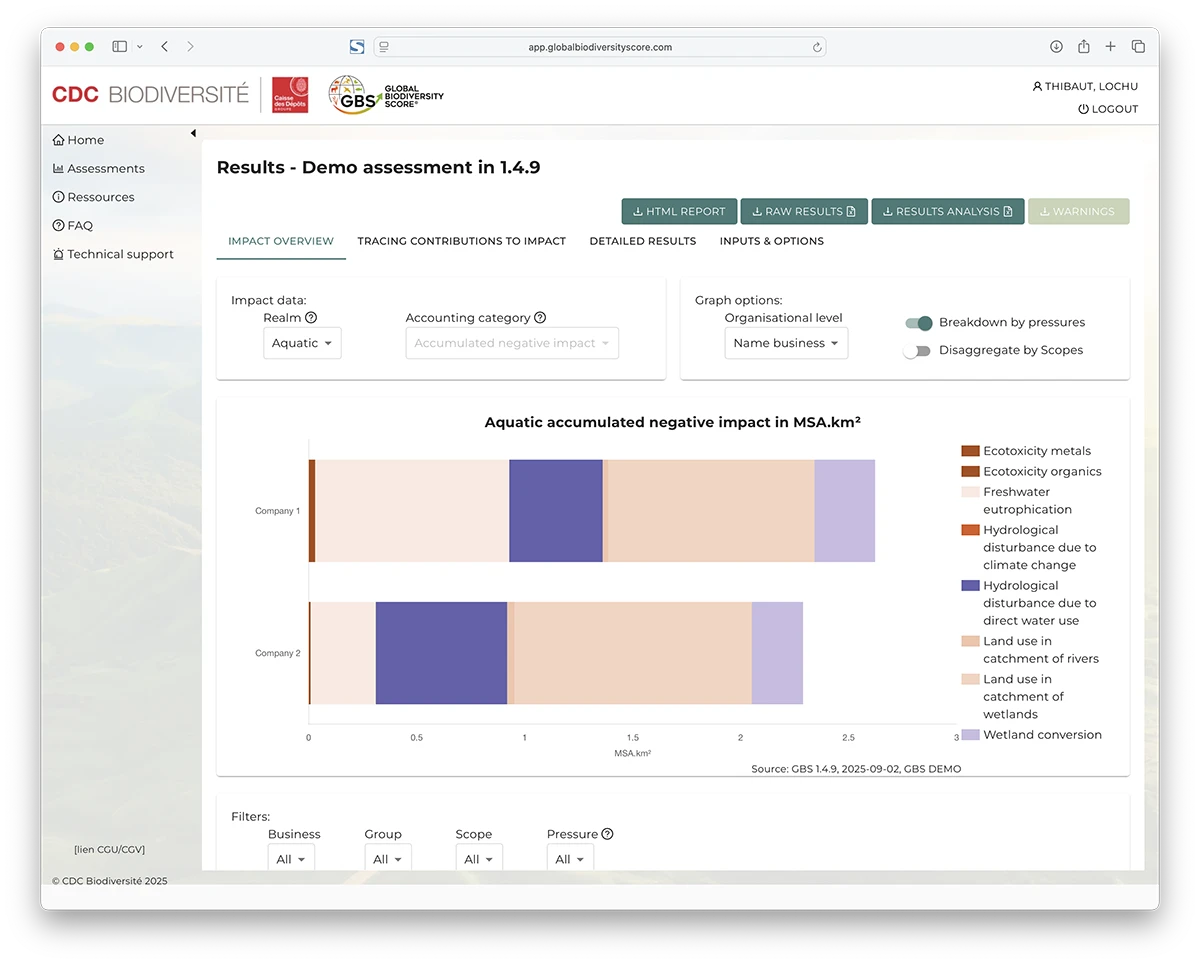In a context of accelerating biodiversity loss, measuring your biodiversity footprint is no longer optional for companies and financial institutions. The Global Biodiversity Score (GBS), developed by CDC Biodiversité, offers a transparent, robust and science-based method to assess both the negative and positive impacts of your activities on ecosystems.
From regulatory compliance to strategic decision-making, biodiversity footprint measurement helps you:

















